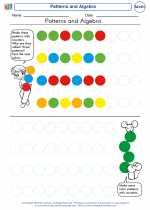Formula
In mathematics, a formula is a concise way of expressing information symbolically, as a general rule that applies to one or more mathematical situations. Formulas are used in various areas of mathematics, such as algebra, geometry, calculus, and statistics, to represent relationships between different quantities.
Formulas often consist of variables, constants, and mathematical operations such as addition, subtraction, multiplication, division, exponentiation, and roots. These elements are combined according to specific rules to represent mathematical principles and relationships.
For example, the formula for the area of a rectangle is A = l * w, where A represents the area, l represents the length, and w represents the width. By using this formula, one can calculate the area of a rectangle by plugging in the values for length and width into the formula and performing the necessary operations.
Formulas are essential tools in solving mathematical problems, performing calculations, and understanding the underlying principles of mathematical concepts. They provide a systematic and efficient way of representing and manipulating mathematical information.
Throughout the study of mathematics, students encounter and learn to use a wide variety of formulas to solve problems and understand mathematical relationships across different areas of the subject.
Overall, formulas are fundamental to the language of mathematics and play a crucial role in expressing mathematical concepts and relationships in a succinct and precise manner.
[Formula] Related Worksheets and Study Guides:
.◂Math Worksheets and Study Guides Kindergarten. Patterns & Sorting

 Coloring Worksheet
Coloring Worksheet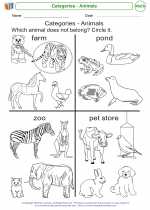
 Coloring Worksheet
Coloring Worksheet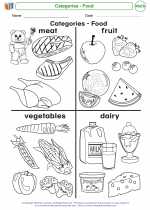
 Coloring Worksheet
Coloring Worksheet
 Coloring Worksheet
Coloring Worksheet
 Coloring Worksheet
Coloring Worksheet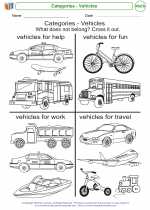
 Worksheet/Answer key
Worksheet/Answer key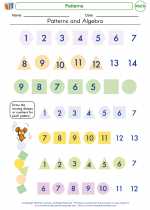
 Coloring Worksheet
Coloring Worksheet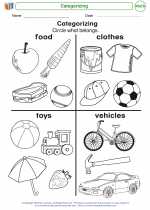
 Coloring Worksheet
Coloring Worksheet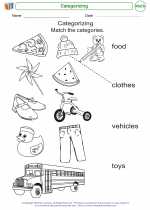
 Coloring Worksheet
Coloring Worksheet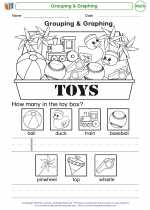
 Coloring Worksheet
Coloring Worksheet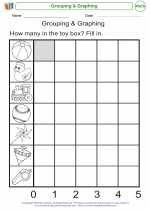
 Coloring Worksheet
Coloring Worksheet
 Coloring Worksheet
Coloring Worksheet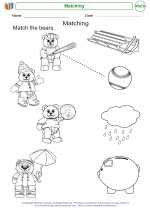
 Coloring Worksheet
Coloring Worksheet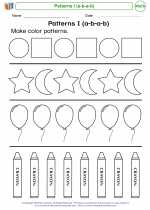
 Coloring Worksheet
Coloring Worksheet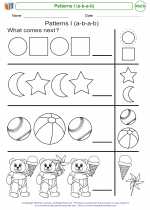
 Coloring Worksheet
Coloring Worksheet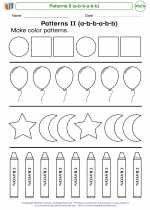
 Coloring Worksheet
Coloring Worksheet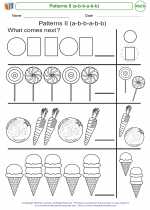
 Coloring Worksheet
Coloring Worksheet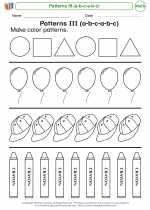
 Coloring Worksheet
Coloring Worksheet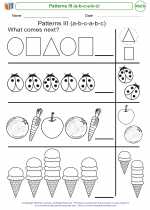
 Coloring Worksheet
Coloring Worksheet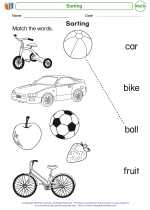
 Coloring Worksheet
Coloring Worksheet
 Worksheet/Answer key
Worksheet/Answer key